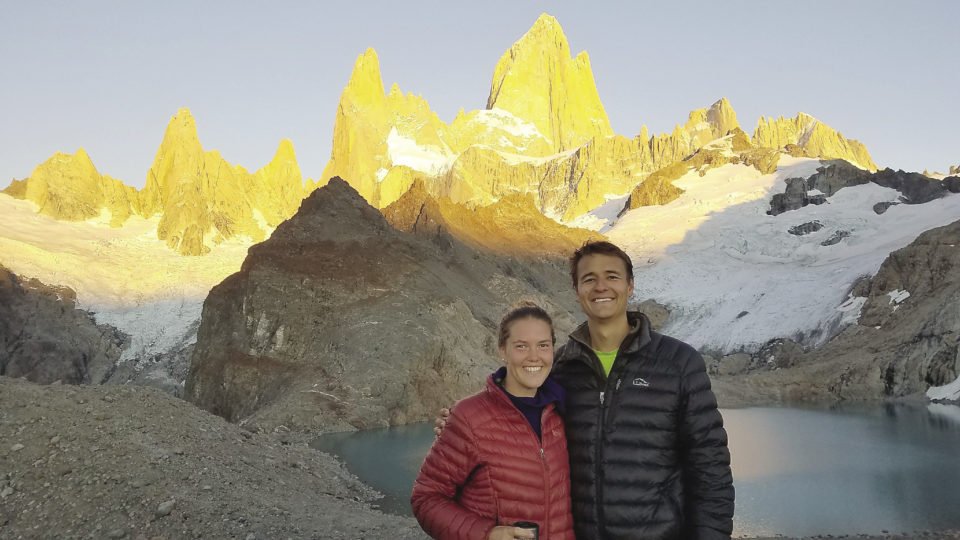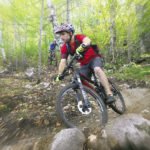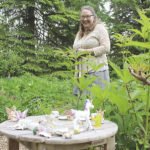I have a very distinct feeling that the moment we put this van in park, the wheels are going to fall off. They are just going to give up right there; spent, done, dropping away from the car just like in the cartoons. Not surprisingly, no amount of holding my breath is going to keep this from happening—is going to make the road feel less rough—but I give it a try anyway. My face contorts into a look of discomfort for the van as we pass quite ungracefully over the endless washboard.
As with most of the best trips, we didn’t know what we were getting into when we landed in Santiago, Chile a few months ago. All we knew was that the dream was to buy a campervan and work our way south into the Patagonia region. Despite the “minor” complications of buying a car in a foreign country—speaking only ‘un poco español,’ for instance—we decided that we would take the leap. The hoops we had to jump through were not necessarily difficult, just tedious; my partner Jake got a Chilean RUT number (similar to a Social Security number in the United States) from the tax office, we scoured forums to find a vehicle that would suit our trip, and we frequented the notary to both prepare and sign the documents to complete the sale.
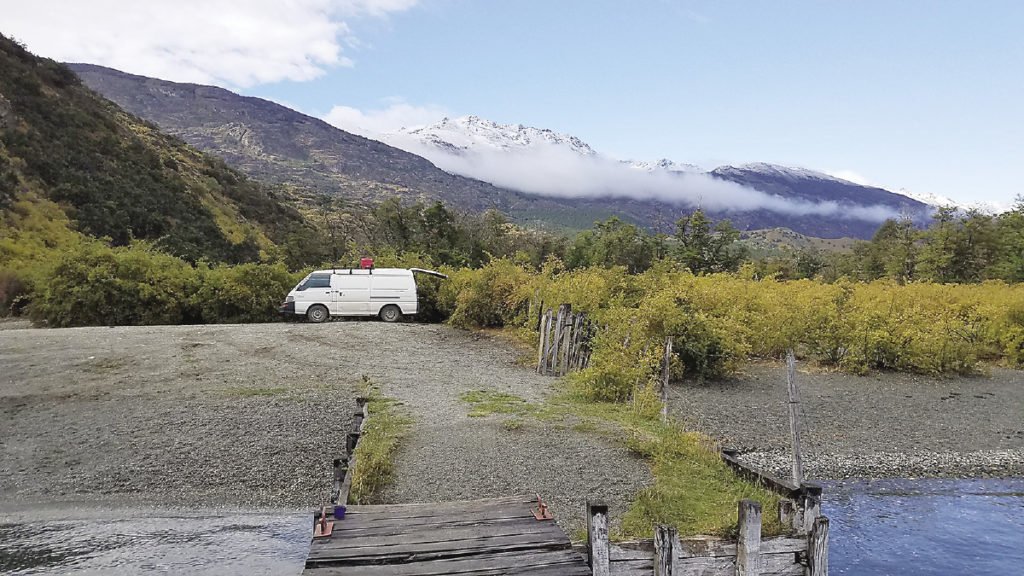
The Carretera Austral
And here we are! The Carretera Austral, or “Southern Road,” is an 800-mile stretch from Puerto Montt in the north to Villa O’Higgins in the south. This is the heart of the land that is known as Chilean Patagonia, which is commonly considered to be the entirety of the country south of Puerto Montt. The odd shape of Chile becomes even more fragmented and disjointed in its southern third; the specks of green cut by blue waterways on the map force the imagination to work overtime a little to consider a regional road trip.
When creativity fails to imagine an overland route, you realize your first boat has arrived to save the trip and aide the land leap to propel you further south. Three ferry crossings are necessary to complete the full trek, as is at least some amount of backtracking to be able to cross the international border into Argentina at the journey’s end. The ferries range in length from an hour to six hours and naturally offer a wealth of extraordinary scenery.
For many travelers, the Carretera Austral is an interactive road trip. The national parks scattered along the route boast senderos, or trails, of plenty and the glacial blue rivers offer world class fly fishing and rafting opportunities. Though we weren’t originally traveling with one, a cheap collapsible fishing rod from a small “we sell everything” shop has provided entertainment in between days of hiking.
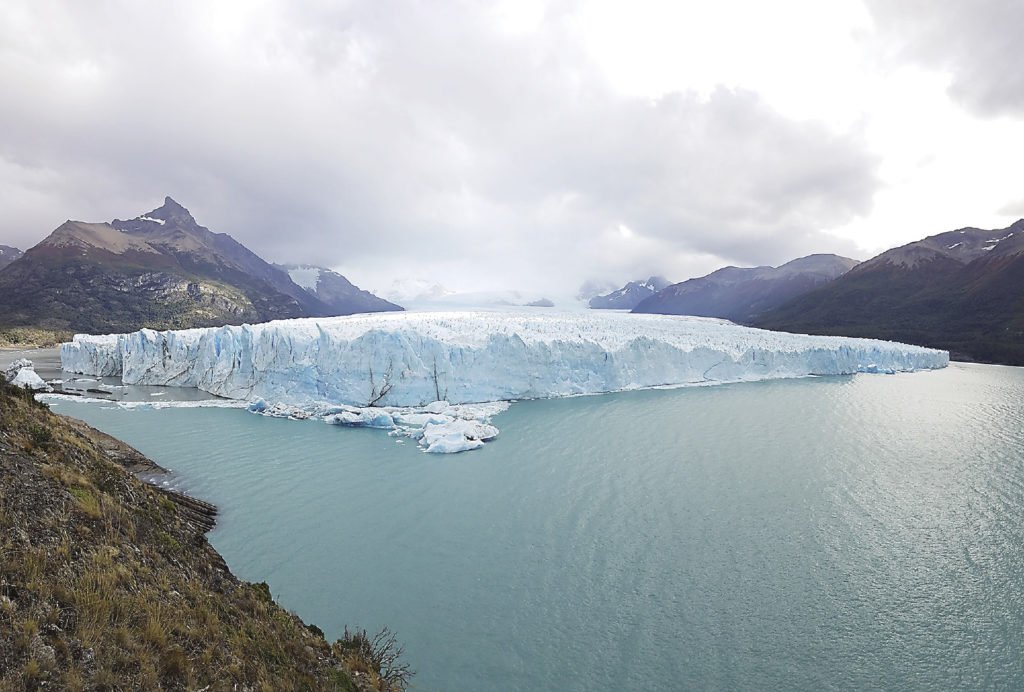
Trekking highlights have included multiple walks to glacier viewpoints, 14-mile loops to high lakes, and a jaunt through a rainforest to a hidden waterfall. We also took a boat trip to marble cave formations on the second largest lake in South America, Lake General Carrera. Though the otherworldly turquoise blue water looked like it was inviting us for a swim, the glacial temperatures forbid it.
Two of the aforementioned hikes are located in swaths of public land that are the brainchildren of Doug and Kristine Tompkins. Parque Pumalin and Parque Patagonia were founded after the American couple visited this area in the 1990s. In an unprecedented act, they decided to buy and subsequently gift one million acres of their private land to add to the nine million acres set aside by the Chilean government. Some people recognize the Tompkins name as the founder of the outdoor clothing brand The North Face.
Travelers with a gas pedal aren’t the only group traversing this road. Around every corner cyclists and hitchhikers are also making their respective ways to the end of the line. We were told once that it is a Chilean youth “rite of passage” to hitchhike down the Carretera Austral; we helped a few along their journey and were likely as pleased as they were when the van didn’t fall apart before we reached the town named on their cardboard sign. Many magazines and news outlets have proclaimed this worthy of a spot on their “most breathtaking” or “top 10” cycling route lists, though with the beauty undoubtedly comes uneven gravel pain. If it’s not clear yet, I’ll go ahead and say it: most of the road isn’t paved. Because the suspension and short wheel base design of this van leaves quite a bit to be desired, I feel like I have a relatively decent understanding of the cyclists’ plight on the rough roads.
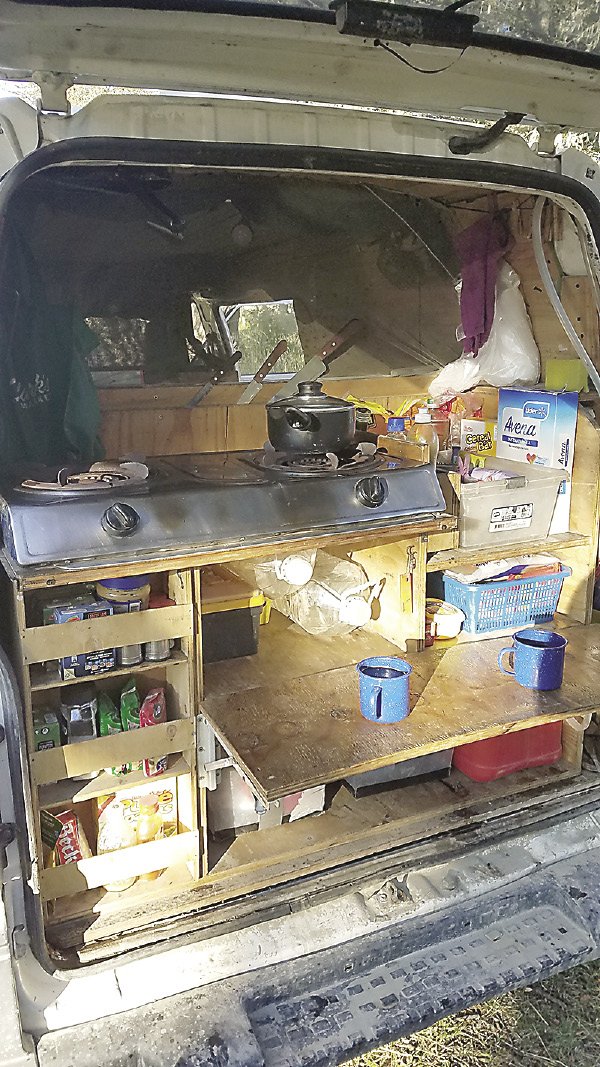
As the receipt keeper and volunteer accountant of our trip, I have to admit that occasionally I envy the simple human power behind each pedal stroke of the bikers. At the time of writing, the gas prices here hovered around 800 pesos per liter, or $4.52/gallon. While the natural eye candy can come with a hit to the wallet, the increased costs are an excuse for us to slow down and see more in a particular place before speeding (or really, ambling) away down the road.
Though there are established campgrounds, refugios, hospedajes, and hostels, wild camping or boondocking without facilities is an accepted practice here and there are even phone apps that give advice on the best spots to sleep in your van or tent for the night. With the full kitchen, solar power, and inside sleeping arrangement of our van, we were fully prepared and happy to be off the grid every night. During our month spent driving this road, we never paid for a night of lodging and know many other travelers who can say the same.
After passing 693 land miles on the Carretera Austral, we opted to make a u-turn at Caleta Tortel, a small town of about 500 next to a fjord. Residents visit neighbors and take trips to the grocery store using a network of over two miles of boardwalk suspended over the water. The essence of this town encapsulated for me the pure uniqueness and resourcefulness of life in this remote part of the world on the
Carretera.


